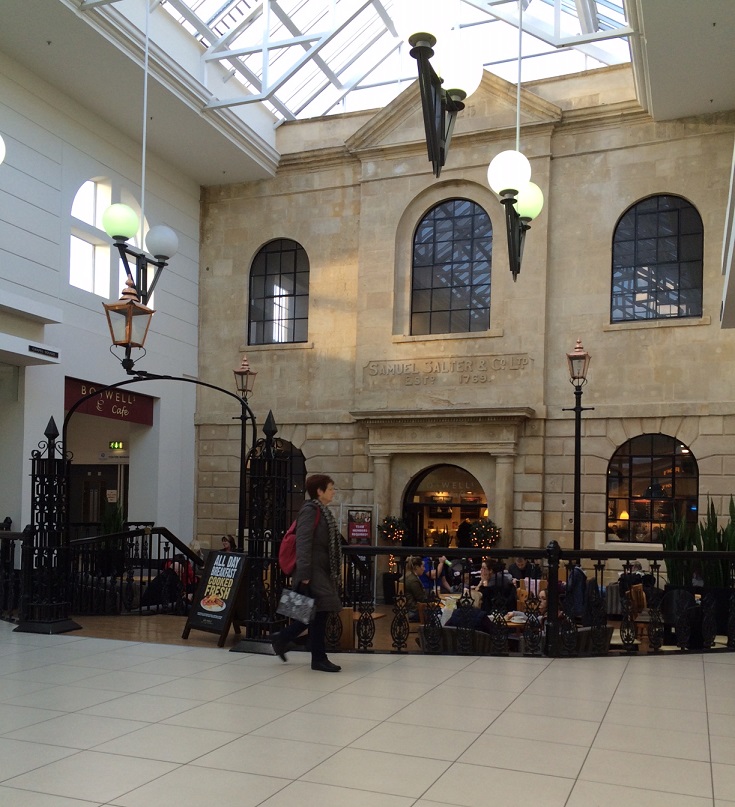I’ve just met the oldest man in Yorkshire! Well, I think he is. He’s definitely the best fossilised bloke to emerge from beneath God’s own soil, and he’s definitely the most notable tree burial in the county.
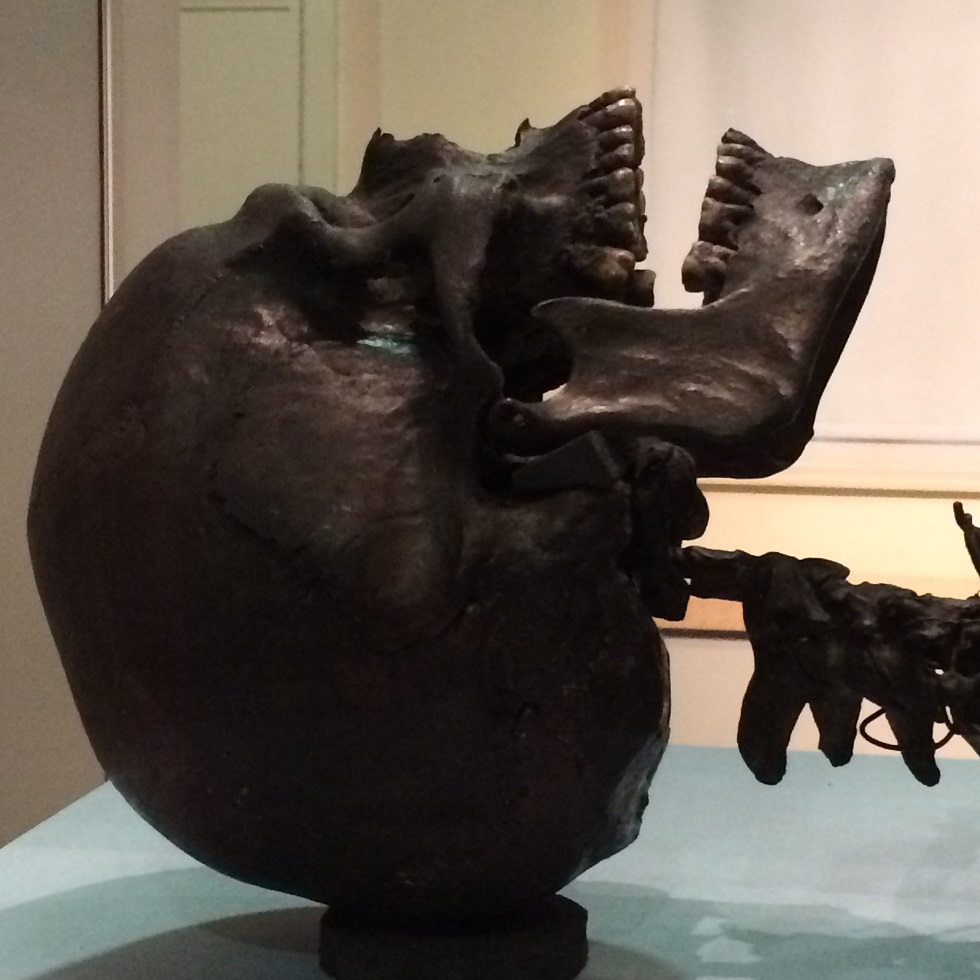
Meet Gristhorpe Man. He was discovered by William Beswick, a local landowner, who donated his find to the Scarborough Philosophical Society and the Rotunda Museum. The museum curator’s 17-year-old son, William Crawford Williamson, compiled the excavation report and some of the comments and observations made by the young geologist in 1834 proved spot on. In 2005 further investigations at Bradford University shed more light on the incredibly well-preserved remains (thanks to the Philosophical Society boiling them in horse glue!) and now Gristhorpe Man is back in his home town (or at least a short walk from it) residing in Scarborough’s Rotunda Museum, just a few miles from his burial mound.
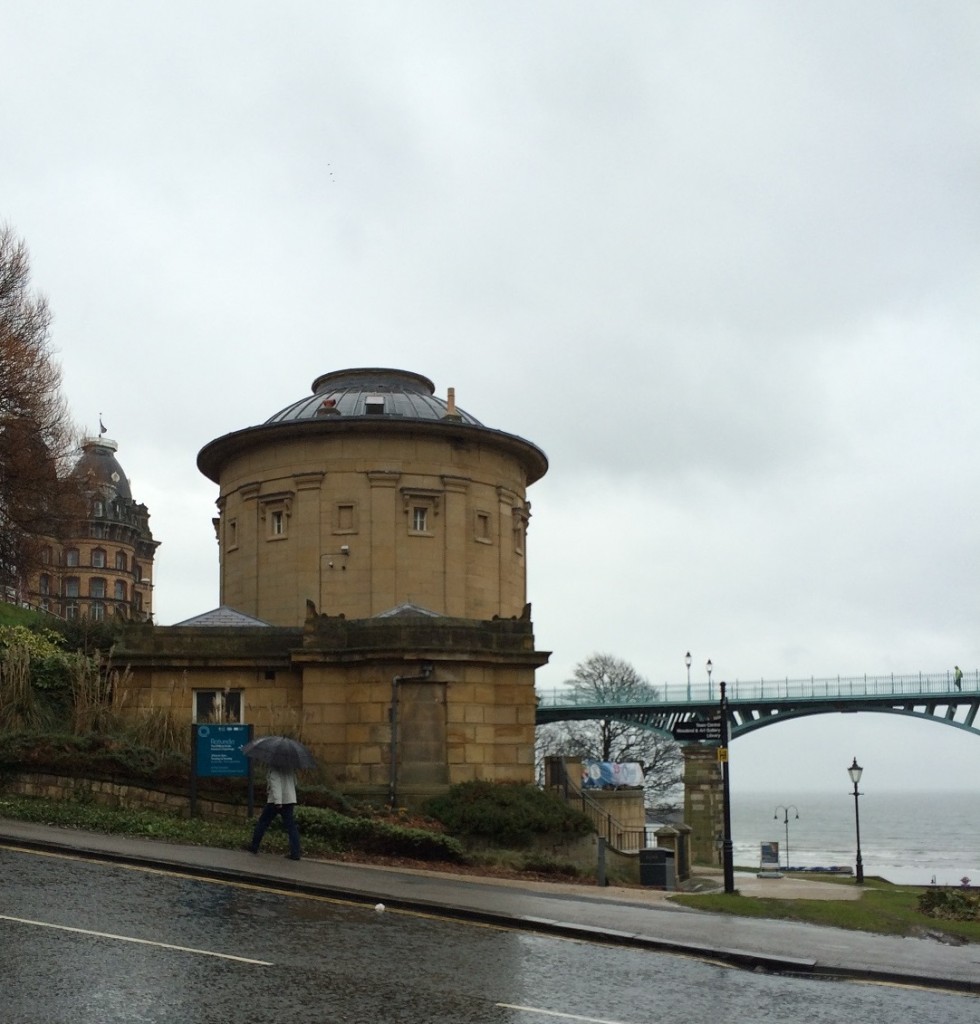
The Rotunda Museum is a delight in its own right; a lovely sandstone column overlooking the sands of Scarborough’s South Bay. It’s small, but perfectly formed. The bottom floor allows access, toilets and a mini shop. Stairs or lift to the next floor opens up to two wings of prehistoric galleries. One concentrating on dinosaurs and the other exhibiting two of the museums finest archaeological finds – the 4.5-meter-long Speeton Plesiosaur from the Filey coast and Gristhorpe Man himself.

The thing you need to know is that these are the actual remains of Mr Gristhorpe. No casts or replicas here! We have a lovely little nook with the intact skeletal remains on one side, the lid of his hollowed out oak coffin opposite, and at the end you can view a small selection of grave finds. Interestingly, here you can find Williamson’s original notes side-by-side with the later findings of the researchers at Bradford University.
I know the Rotunda is a small museum, but I was surprised that there weren’t more people making the most of it – especially in the foul weather assaulting Scarborough that day! One woman had dragged her family in from the rain and proceeded to instil some enthusiasm into her teenage son, but he was more interested in checking out his reflection in the grave finds display case and altering his fringe accordingly.
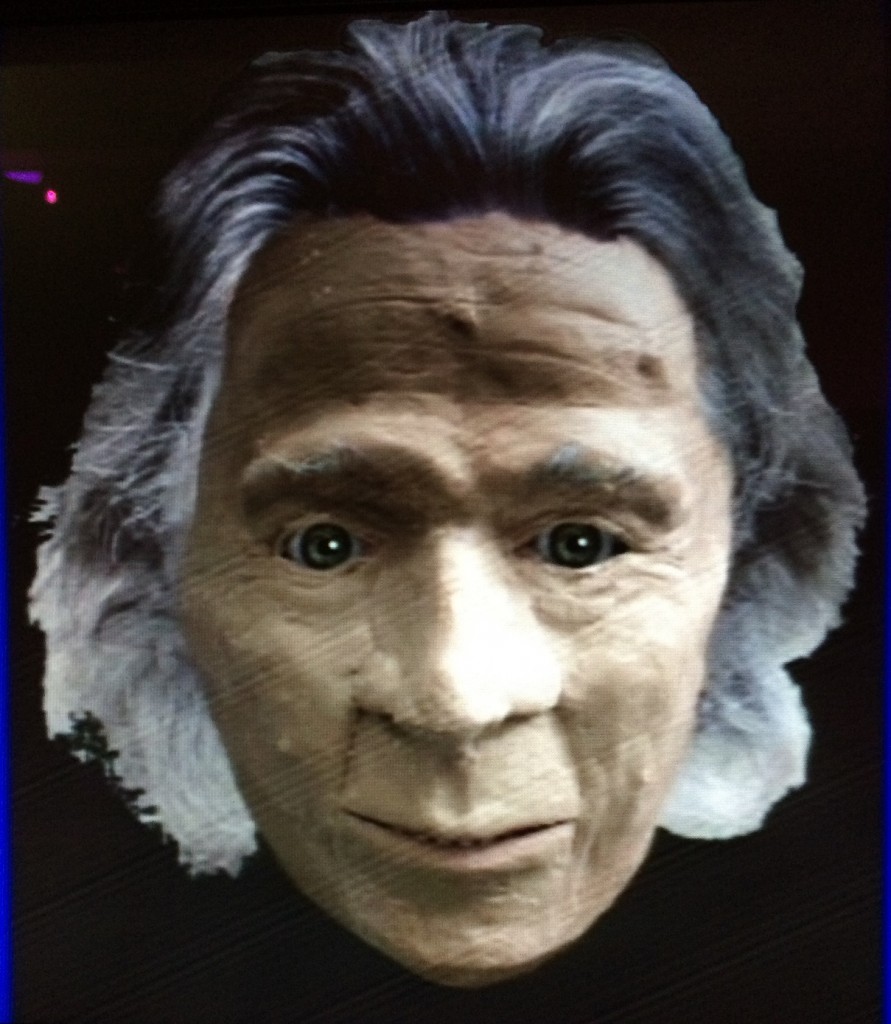
They soon left the gallery and I was free to examine more of the story of Mr G on my own, including the digital reconstruction of his 4000-year-old face, animated and telling us something of his life and time. Turns out he was probably about 60 and 6 feet tall when he died, and a seriously important guy while he was alive. Sadly, DNA tests were inconclusive due to the horse glue casserole of 1834.
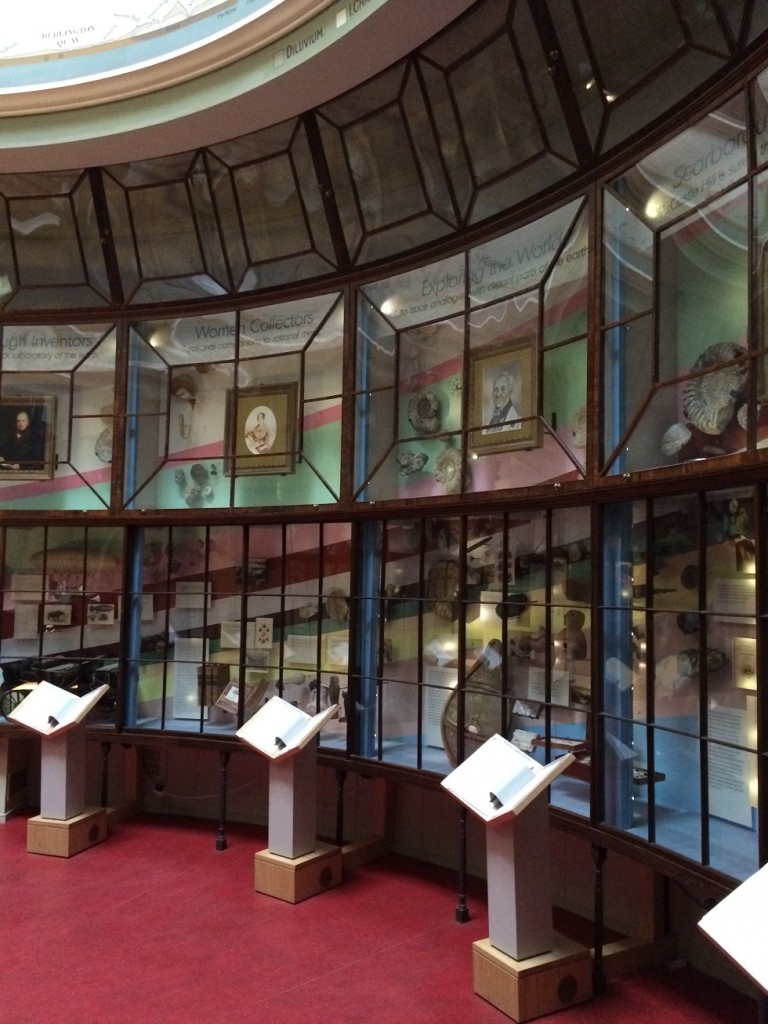
On the top floor of the Rotunda, in contrast to the modern interactive galleries downstairs, you find yourself in a delightful circular (obviously) gallery full of curiosities collected by and donated to the museum over the previous two centuries. Fossils and archaeological finds from Egypt and Peru lie side by side with an early 18th century cello and vintage photos of Scarborough. The display cases themselves need to be admired too. Dating from 1850, it’s a lovely circular curiosity cabinet, displaying the fossils according to their associated strata. But to be honest, the educational aspect was lost on me, I was too busy working out how to fit one in my own home, including the lovely old original spiral staircase to the upper gallery (sadly not accessible to the general public). The whole gallery is designed to be flooded with light from the skylights in the raised dome, and doing a pretty good job considering the grey conditions beyond. It’s such an amazing space; I didn’t want to leave. But leave I did – off into the rain to visit the nearby Art Gallery….
… which is included in the price of the Rotunda entry fee of £3. Yes, £3! And it lasts for a year!

